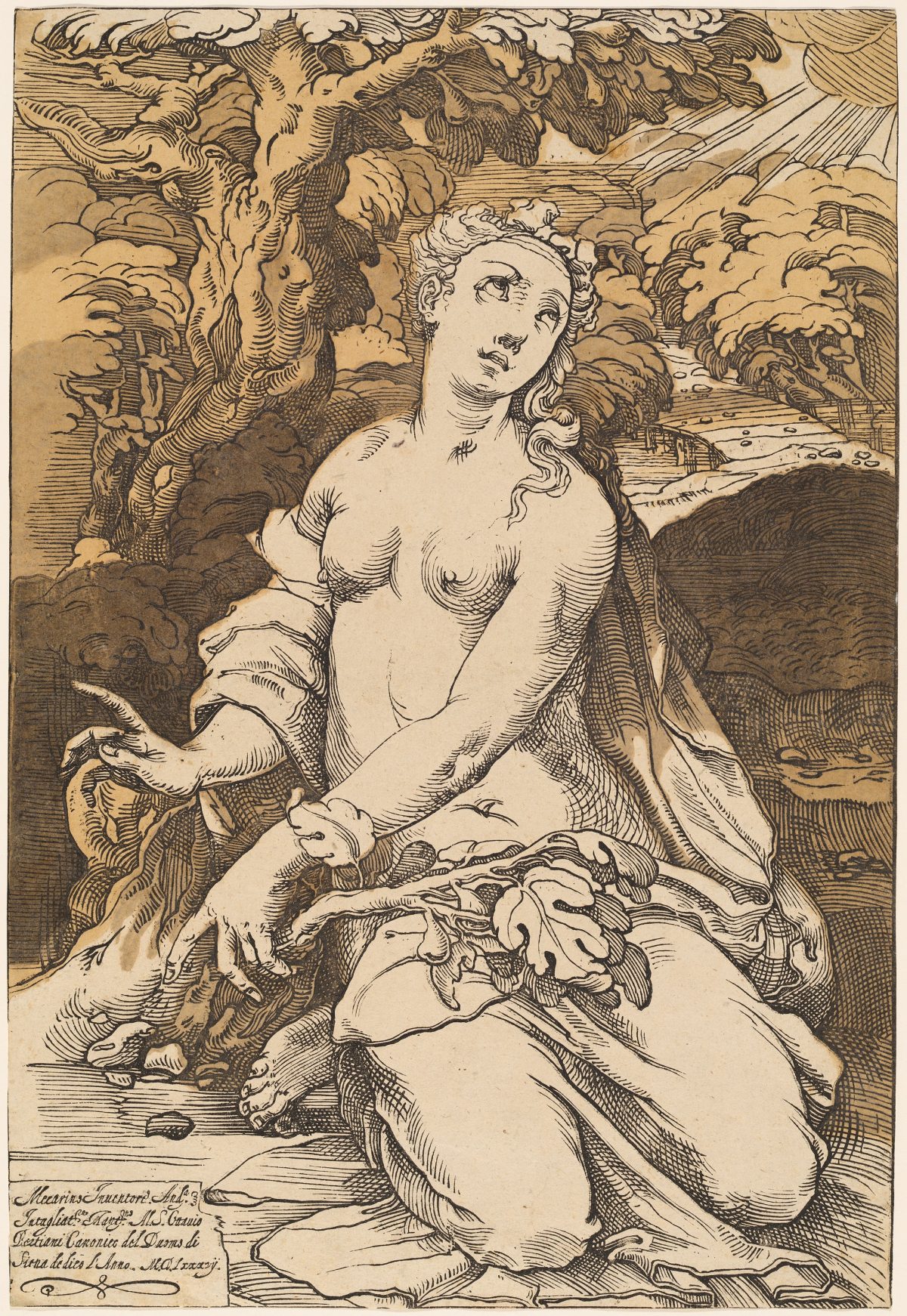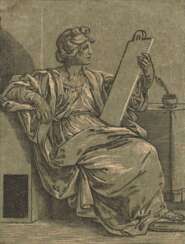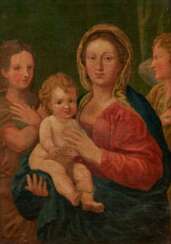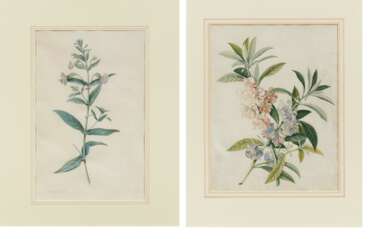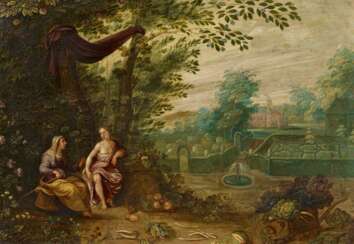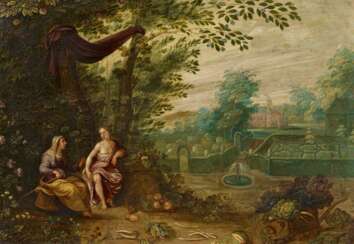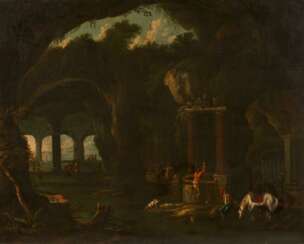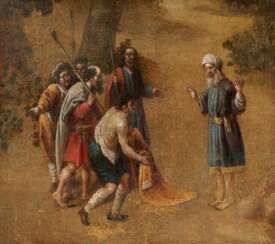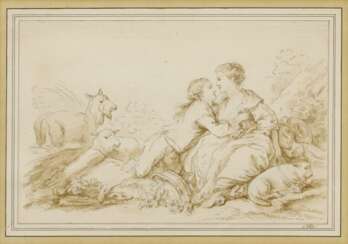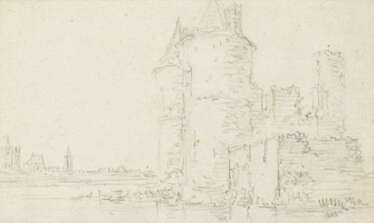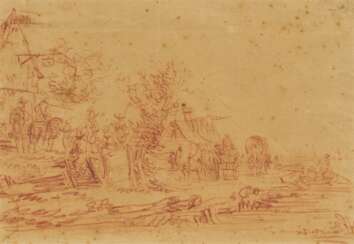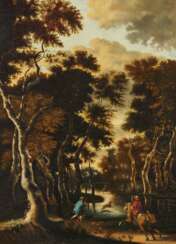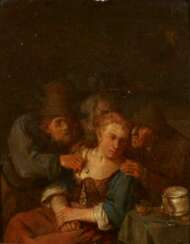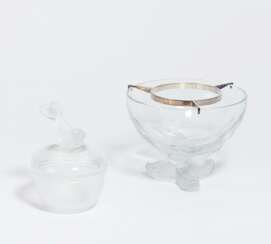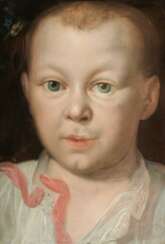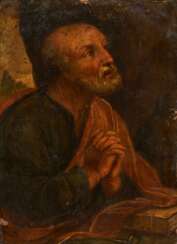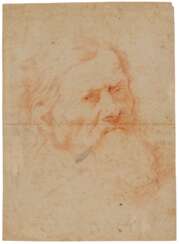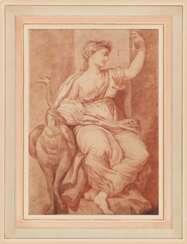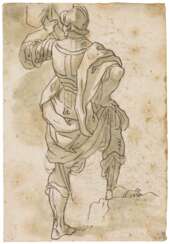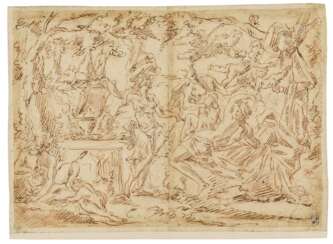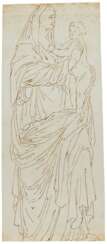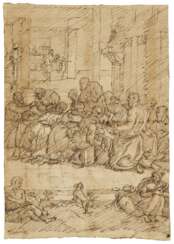
A479: Art & Interior Auction
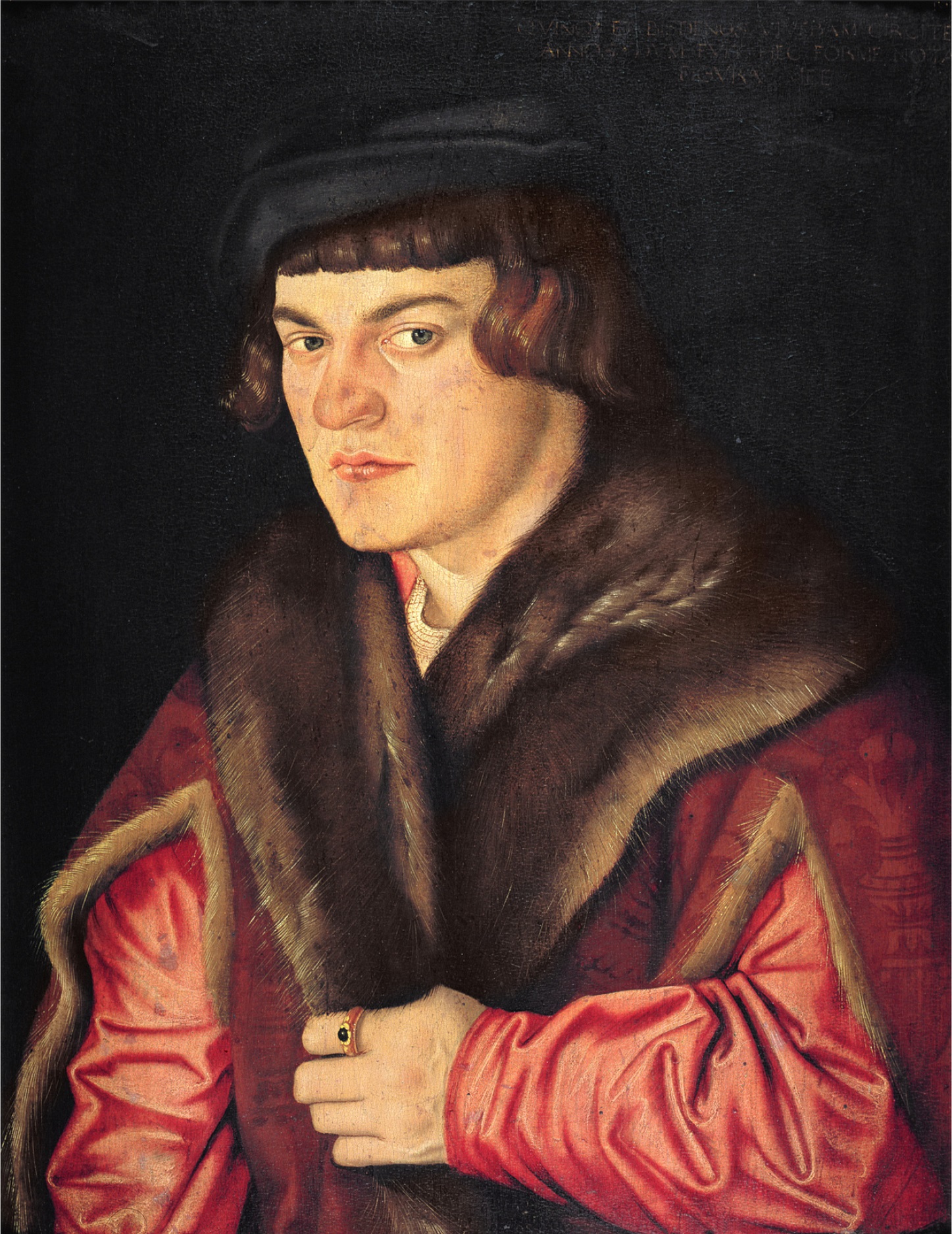
Hans Baldung, also known as Hans Baldung Grien, was a prominent figure in the German Renaissance, celebrated for his innovative approach to painting, printmaking, and drawing. Born around 1484 in Schwäbisch Gmünd, Germany, and passing away in 1545 in Strasbourg, France, Baldung's career was marked by a distinctive style that art historians have associated with the mannerist tendencies of the time. His work is notable for its exploration of themes such as the imminence of death, the complexities of human sexuality, and scenes of witchcraft, distinguishing him from his contemporaries with a bold and unique artistic voice.
Educated in the workshop of Albrecht Dürer, Baldung quickly developed his own artistic language, absorbing and then transcending Dürer's influence. He is particularly renowned for his altarpieces, portraits, and a series of works that delve into eroticism and the supernatural. Among his most significant contributions is the high altar of the Freiburg Münster, an eleven-panel masterpiece depicting scenes from the life of the Virgin Mary, which remains a testament to his mastery over religious subjects even as he ventured into more secular and profane themes.
Baldung's fascination with witchcraft and his portrayal of witches in art were groundbreaking for the time. His works in this area, such as "The Witches' Sabbath" and "Weather Witches," reveal a complex interplay of humanist thought, classical literature, and contemporary beliefs about witchcraft. They offer a nuanced perspective that blends satire with a deeper commentary on human nature and societal fears, marking Baldung as a pioneer in the visual exploration of these themes.
Despite his engagement with the themes of death and witchcraft, Baldung's oeuvre is also rich in portraits characterized by sharp individualization and psychological depth, as well as altarpieces that convey a profound spiritual and theological insight. His ability to navigate between the realms of the divine and the earthly, the solemn and the profane, solidifies his position as a versatile and innovative artist of the Renaissance.
For collectors and experts in art and antiques, Hans Baldung's work offers a unique window into the confluence of Renaissance artistry, humanist thought, and the socio-religious dynamics of early 16th-century Europe. His paintings and prints not only adorn museums and galleries worldwide but also continue to inspire and provoke deep reflection on the human condition.
To stay informed about new discoveries, exhibitions, and auction events related to Hans Baldung's art, signing up for updates can provide enthusiasts and collectors with valuable insights into the enduring legacy of this remarkable artist. This subscription service is designed to alert subscribers to new product sales and auction events specifically related to Hans Baldung, ensuring that they remain at the forefront of developments in the field of Renaissance art and antiques.
.jpg)
Ugo da Carpi was an Italian printmaker active between 1502 and 1532 in the cities of Venice, Rome and Bologna. He is known for his technical and stylistic contributions to the chiaroscuro woodcut, a printmaking technique using blocks of different colours. Ugo claimed to be the first to use this technique, seeking a copyright first from the Venetian senate, and later from Pope Leo X. Although he did not create the chiaroscuro woodcut technique, he was one of the first Italian practitioners. He contributed to its development through his powerful style, focus on tonality and interpretive skills. One of his most famous works is a print of Diogenes. In addition to his numerous prints, he produced a writing book, and is also known to have produced at least one painting, the altarpiece of Saint Veronica in Saint Peter's Basilica in Rome.

Albrecht Dürer, born on May 21, 1471 in Nuremberg, Germany, is widely regarded as the greatest German Renaissance painter. His contribution to painting and engraving is quite significant and has left a notable mark on the art world. Dürer's early life was spent in Nuremberg, a city that played a crucial role in his development as an artist and was also the site of his death on April 6, 1528. He was the son of the goldsmith Albrecht Dürer the Elder, from whom he initially learned the basics of drawing and metalworking.
Dürer's work is characterized by a combination of Gothic elements with the emerging Renaissance style, which is evident in his woodcuts and engravings. His oeuvre encompasses many themes, including religious works, altarpieces, portraits, and self-portraits. His outstanding prints, such as The Knight, Death and the Devil (1513), St. Jerome in his Study (1514) and Melencolia I (1514), are known for their intricate detail and artistic skill. Dürer was also one of the earliest European landscape painters, as evidenced by his watercolor paintings.
Equally significant are his theoretical writings on mathematics, perspective, and ideal proportions in art. Dürer was not only an artist but also a keen intellectual, his interests encompassing various aspects of culture and science. He served as court painter to Holy Roman Emperors Maximilian I and Charles V, completing several significant art projects for them. Dürer's keen mind and versatile interests brought him into contact with the most prominent figures of his time, including theologians and scientists of the Reformation era.
Dürer's self-portraits are particularly famous, demonstrating not only his artistic skill but also his self-awareness and personal style. These portraits attest to his growing success and confidence as an artist. Dürer's legacy is immense; he influenced not only the art of his time, but also left an indelible mark on the history of European art.
For those interested in the work and legacy of Albrecht Dürer, we recommend subscribing to our updates. Our subscription service is designed to provide information about new sales and auction events related to this remarkable artist. Join us to keep up to date on the latest art and antiques related to Albrecht Dürer.
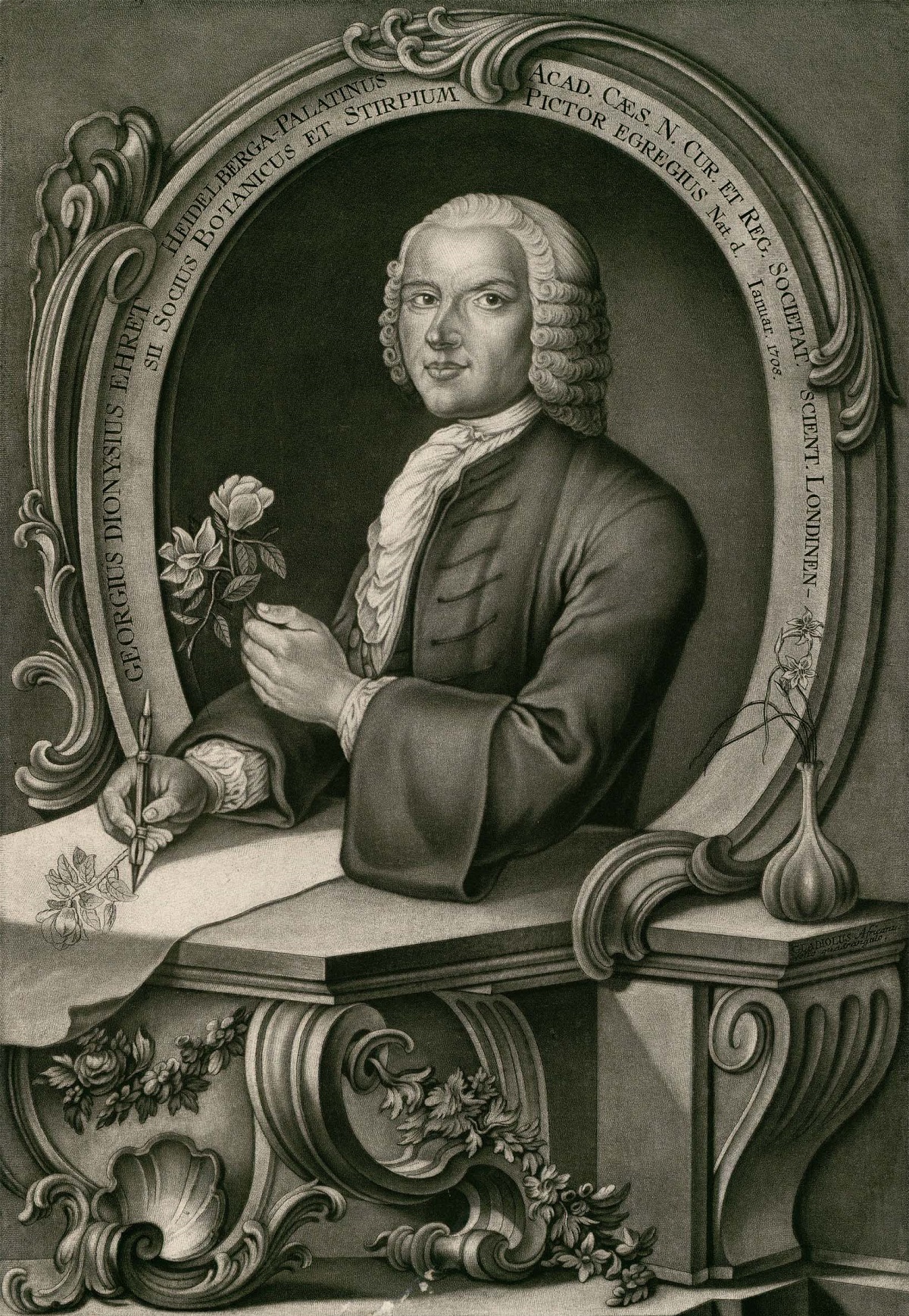
Georg Dionysius Ehret was a German botanist and entomologist known for his botanical illustrations.
Ehret's original art work may be found at the Natural History Museum in London, the Royal Botanic Gardens, Kew, The Royal Society, London, the Lindley Library at the Royal Horticultural Society, the Victoria and Albert Museum, at the University Library of Erlangen, the LuEsther T. Mertz Library of the New York Botanical Garden, and the Hunt Institute for Botanical Documentation in Pittsburgh, Pennsylvania.
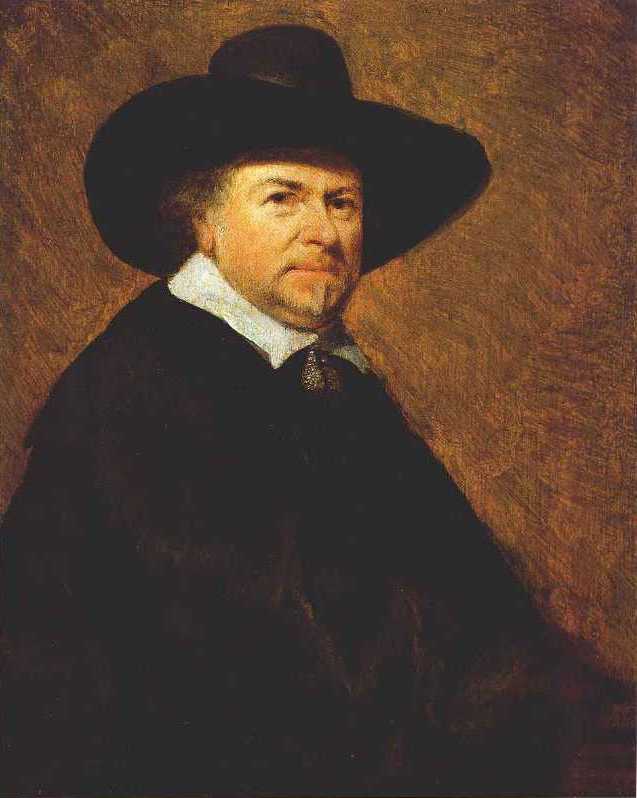
Jan Josephsz. van Goyen was a Dutch landscape painter and draftsman of the Golden Age, a member of the Guild of St. Luke of Leiden, and a representative of the so-called tonal landscape. Van Goyen specialized in landscape painting and left many paintings depicting forest paths, rivers, lakes, and canals. He also painted peasant huts and the outskirts of towns.
Jan van Goin was one of the most prolific painters of the 17th century: some 1,200 paintings he created and some 800 drawings have survived.

Jan Josephsz. van Goyen was a Dutch landscape painter and draftsman of the Golden Age, a member of the Guild of St. Luke of Leiden, and a representative of the so-called tonal landscape. Van Goyen specialized in landscape painting and left many paintings depicting forest paths, rivers, lakes, and canals. He also painted peasant huts and the outskirts of towns.
Jan van Goin was one of the most prolific painters of the 17th century: some 1,200 paintings he created and some 800 drawings have survived.
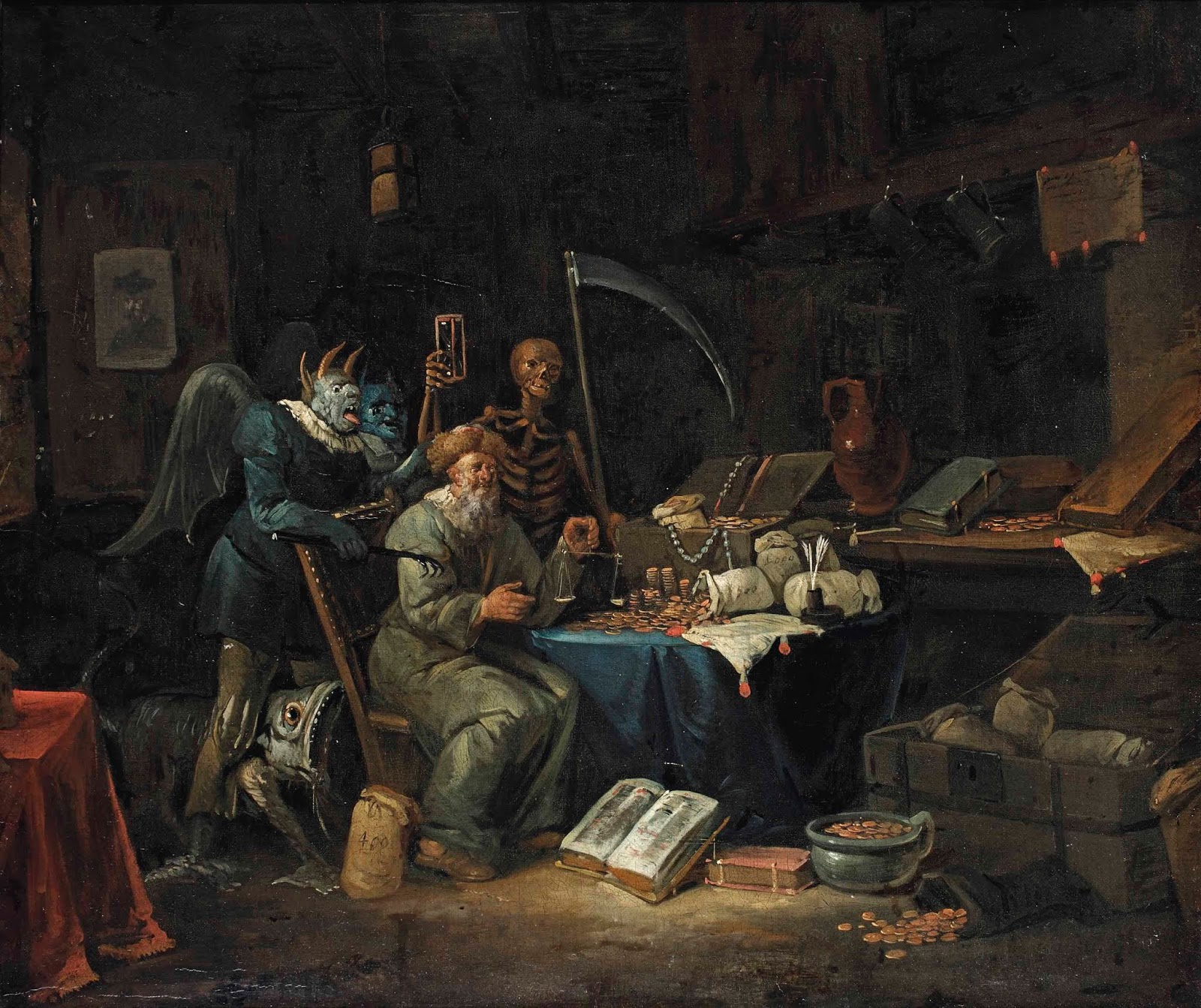
Egbert van Heemskerck, or Egbert Jaspersz van Heemskerk was a Haarlem Dutch Golden Age painter of genre works who died in London in 1704. He is often confused with another genre painter also called Egbert van Heemskerk III who lived c. 1676 – 1744.
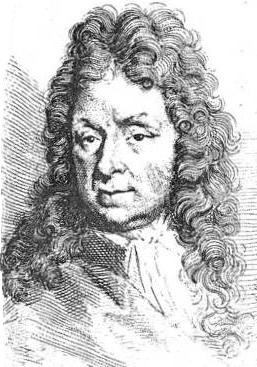
Melchior d'Hondecoeter was Dutch animalier painter, was born in Utrecht and died in Amsterdam. After the start of his career, he painted virtually exclusively bird subjects, usually exotic or game, in park-like landscapes. Hondecoeter's paintings featured geese (brent goose, Egyptian goose and red-breasted goose), fieldfares, partridges, pigeons, ducks, northern cardinal, magpies and peacocks, but also African grey crowned cranes, Asian sarus cranes, Indonesian yellow-crested cockatoos, an Indonesian purple-naped lory and grey-headed lovebirds from Madagascar.


